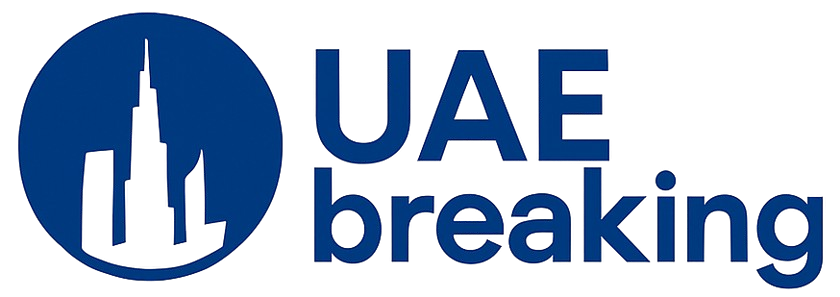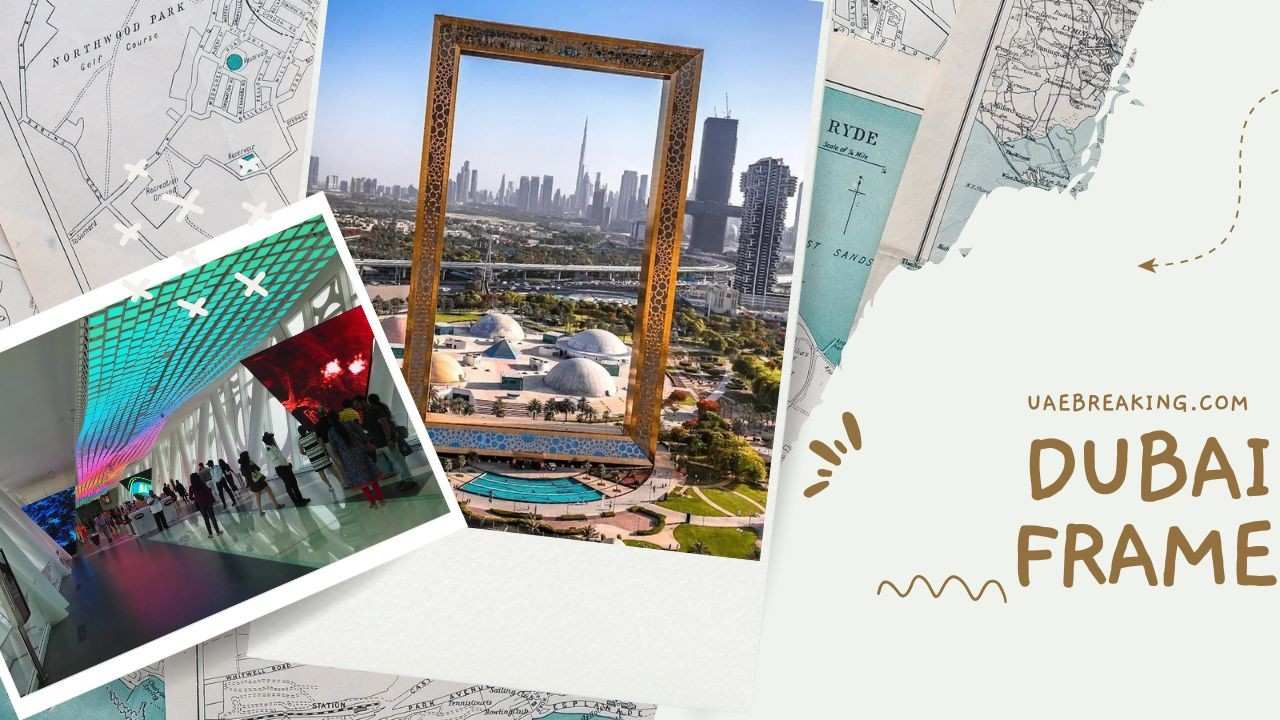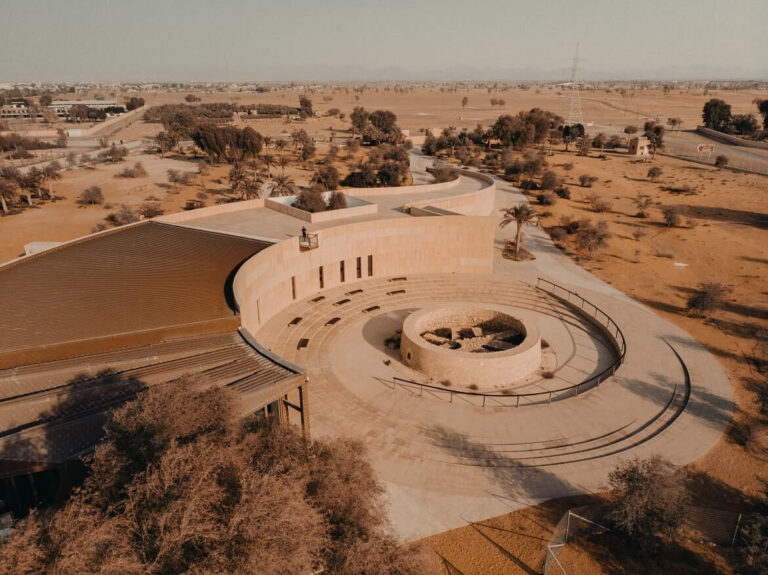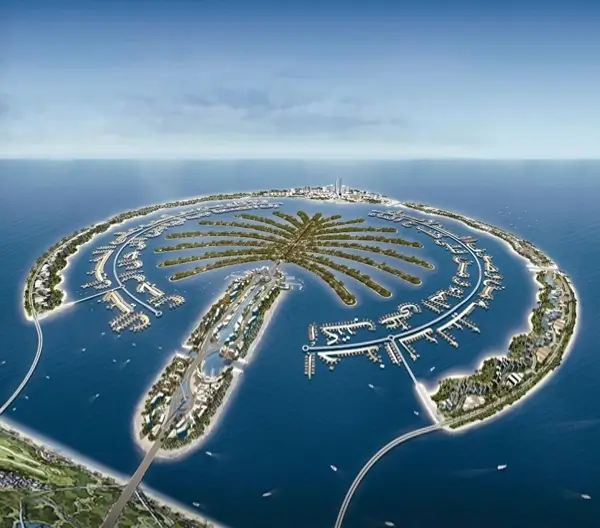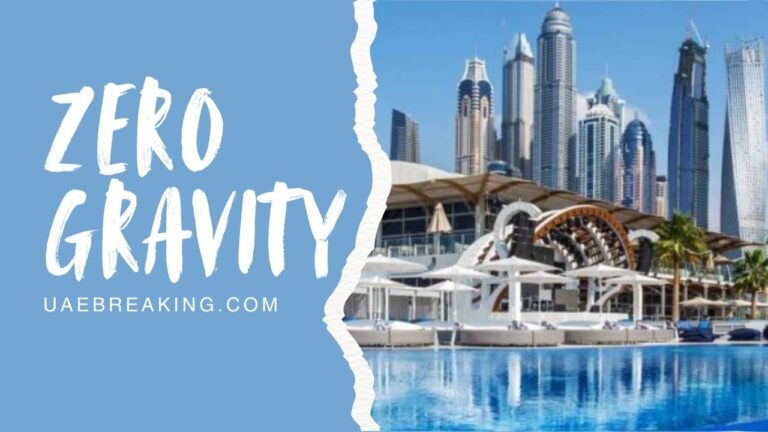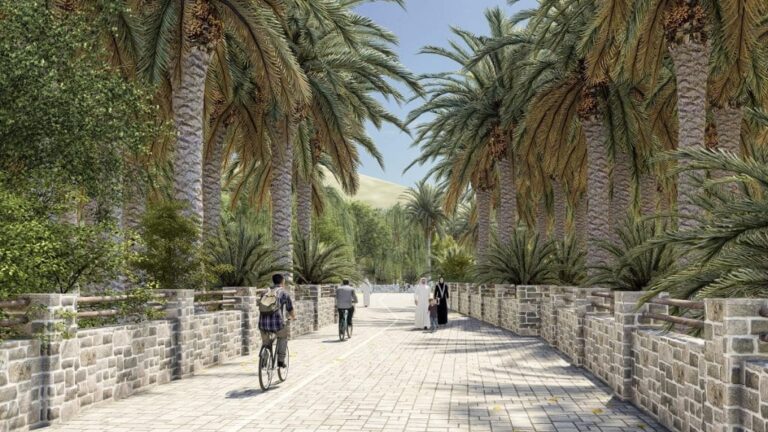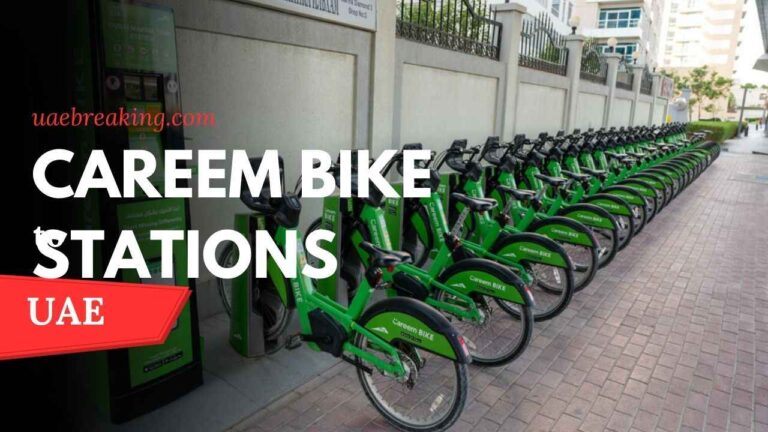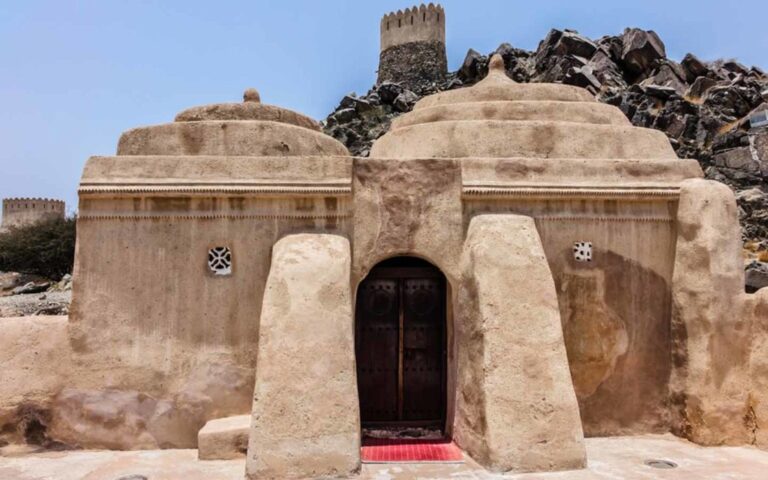Dubai Frame, UAE
A Monument That Frames Dubai’s Story
Few cities in the world can reinvent themselves with the same vision, precision, and confidence as Dubai. Every decade, the emirate adds another architectural masterpiece to its skyline—structures that are more than just buildings; they are cultural statements. The Dubai Frame, one of the city’s most striking landmarks, is a shining example of this philosophy. Rising 150 meters above Zabeel Park, the Frame is not just an observation deck but a metaphorical “window” into the city’s past, present, and future.
Launched to the public in January 2018, the Dubai Frame immediately captured global attention. Its golden façade, inspired by the intricate ring patterns of Expo 2020’s logo, was designed to reflect the richness of Dubai’s heritage while embracing its forward-looking spirit. More than a tourist attraction, the Dubai Frame is a narrative device—telling the story of how a desert trading outpost became one of the world’s most futuristic cities.
The Vision Behind the Dubai Frame
Every architectural wonder in Dubai is tied to a vision. The Dubai Frame was conceptualized to connect the emirate’s heritage with its innovation-driven ambitions. The idea was simple yet bold: create a structure that doesn’t compete with the Burj Khalifa or Burj Al Arab but complements them by framing the skyline itself.
Designed by award-winning architect Fernando Donis, the Frame cleverly avoids being “just another skyscraper.” Instead, it is a rectangular monument with two 150-meter towers connected by a 93-meter bridge at the top. The design resonates with the “past versus future” philosophy. Stand on one side, and you see Old Dubai—Deira, Karama, and the historic Creek. Look from the other side, and you face the ultra-modern Sheikh Zayed Road skyline, with its glass towers and futuristic highways.
This dual perspective makes the Dubai Frame unlike any other landmark. It isn’t simply a place to view Dubai; it is a place to understand it.
A Symbolic Gateway
Architecturally, the Frame serves as a symbolic gateway between Dubai’s rich cultural traditions and its relentless drive toward innovation. The lower portion of the structure houses immersive exhibitions, where visitors can journey through multimedia galleries that depict Dubai’s transformation—from fishing village to metropolis.
The ground-level museum experience is not just a history lesson. It’s an emotional narrative, combining 3D projections, soundscapes, and even scents to transport visitors into the souks, wind towers, and pearl diving traditions of the past.
By the time visitors ascend to the Sky Deck, the contrast becomes striking. One side shows the Dubai of yesterday, the other side projects the Dubai of tomorrow. This physical framing of time makes the Dubai Frame an icon not just of architecture but also of storytelling.
The Sky Deck Experience
Ascending the Dubai Frame is a journey that leaves an impression long after the visit ends. High-speed elevators whisk visitors to the Sky Deck in just 75 seconds. At the top, a 360-degree observation deck offers panoramic views that stretch across the city.
The highlight is the transparent glass walkway, a feature that tests courage and exhilarates in equal measure. Standing above Zabeel Park with a clear floor beneath your feet, the experience delivers both thrill and perspective. The walkway is designed with cutting-edge glass technology, which becomes opaque when stepped on, ensuring both safety and excitement.
Visitors often describe the Sky Deck as “walking between two worlds.” On one side, minarets, old marketplaces, and low-rise neighborhoods reflect Dubai’s roots. On the other side, skyscrapers like Emirates Towers, Downtown Dubai, and the Burj Khalifa showcase the city’s relentless growth.
Location and Accessibility
The Dubai Frame sits within Zabeel Park, one of Dubai’s largest and most popular green spaces. The location is strategic—it’s central, easily accessible, and surrounded by the contrast the Frame is meant to highlight.
- Metro Access: The closest station is Al Jafiliya Metro Station on the Red Line, from where visitors can walk or take a short taxi ride.
- By Car: Ample parking is available at Zabeel Park, and taxis are abundant.
- Public Transport: Bus services also connect to the park, making it a convenient stop for both residents and tourists.
Its location ensures that the Dubai Frame is not isolated but integrated into the city’s daily rhythm. Families visiting Zabeel Park, joggers enjoying morning runs, or tourists hopping between attractions—all find the Frame seamlessly accessible.
Architectural Details
The Dubai Frame’s design might look simple at first glance—a golden rectangle—but the execution is a marvel of engineering.
- Height: 150 meters
- Width: 93 meters
- Materials: Steel, reinforced concrete, and over 15,000 square meters of golden stainless-steel cladding.
- Design Inspiration: The intricate ring pattern that decorates its façade is inspired by the logo of Expo 2020 Dubai.
The building’s rectangular proportions are not accidental; they echo the dimensions of a traditional photo frame, symbolizing Dubai as a picture-perfect balance of history and modernity. The golden color reflects the emirate’s prosperity and cultural richness.
Moreover, the Frame was designed with sustainability in mind, incorporating energy-efficient technologies to align with Dubai’s broader smart-city initiatives.
Cultural and Tourism Impact
Since its inauguration, the Dubai Frame has quickly become one of the city’s most visited attractions, drawing millions of tourists annually. But beyond visitor numbers, its impact is cultural.
The Frame reinforces Dubai’s brand as a city that doesn’t just build for utility but builds for meaning. In a place already defined by record-breaking towers and artificial islands, the Dubai Frame offers a more reflective attraction. It’s less about height and extravagance, and more about perspective and narrative.
Tourism operators now include the Frame in most city tours, while social media influencers and photographers celebrate it as one of the most “Instagrammable” landmarks in the UAE. Its cultural value lies in how it allows Dubai to frame its own identity and invite the world to see it through curated perspectives.
Dubai Frame at Night
While daytime visits highlight the contrast between old and new Dubai, nighttime visits reveal another dimension. The Frame glows with LED lighting that changes colors, creating a spectacular presence on the city skyline. Against the backdrop of the night, it becomes not just a monument but a beacon, visible from several districts.
The illuminated Frame also complements the city’s nighttime vibrancy. For visitors exploring nearby Downtown Dubai or Trade Centre districts, the glowing Frame offers a reminder of the city’s creative energy.
Visitor Information
Opening Hours
The Dubai Frame is open daily, typically from 9 AM to 9 PM, although timings may vary during Ramadan or special holidays.
Ticket Prices
- Adults: AED 50
- Children (3–12 years): AED 20
- Infants and senior citizens: Free entry
Tickets can be purchased at the entrance or booked online in advance, which is often recommended during peak tourist seasons.
Facilities
- High-speed elevators
- Accessible walkways for visitors with disabilities
- Souvenir shops offering Frame-themed merchandise
- Cafes and refreshment kiosks within Zabeel Park
Beyond the Landmark: Zabeel Park
The Dubai Frame is not an isolated attraction. Its presence within Zabeel Park makes the overall experience richer. Visitors often combine a trip to the Frame with leisure activities in the park, which spans more than 47 hectares.
Zabeel Park offers:
- Barbecue areas and picnic spots
- Jogging and cycling tracks
- Boating lake
- Dubai Garden Glow, a nearby nighttime attraction with illuminated sculptures
This synergy between architecture and green space elevates the Dubai Frame experience, making it suitable for families, tourists, and residents alike.
Dubai Frame and UAE’s Architectural Narrative
When placed within the broader context of UAE architecture, the Dubai Frame stands out as a project with symbolic rather than superlative ambitions. The country has built the tallest tower, the largest shopping mall, and the most luxurious hotels. The Frame, however, takes a different approach—it is about framing achievements rather than competing with them.
In this sense, the Dubai Frame represents a shift in architectural storytelling. It reflects a maturity in Dubai’s identity, where the focus is no longer only on building the biggest but also on building meaningfully. It invites conversation about how cities narrate their histories through built environments.
Emerging Trends: Landmarks as Storytelling Devices
Globally, landmarks are increasingly being designed not only as architectural feats but also as storytelling devices. Paris has the Louvre Pyramid framing art and history, London has the Shard reflecting modern finance, and Dubai has the Frame, bridging tradition and innovation.
The Dubai Frame aligns with this emerging trend, where architecture is not passive but communicative. It signals to the world that Dubai is more than glass towers—it is a city conscious of its roots and intentional about its future.
Why the Dubai Frame Matters to Residents
While much of the attention comes from international tourists, the Frame also holds value for Dubai residents. For locals, it is a reminder of how far their city has come within a single lifetime. Many Emiratis and long-term residents who lived through Dubai’s transformation find the Frame deeply symbolic.
It also provides a recreational outlet, offering families an affordable yet inspiring attraction within the city. In a metropolis filled with luxury malls and high-end dining, the Frame stands out as an accessible cultural landmark.
Dubai Frame in the Global Spotlight
International media have hailed the Dubai Frame as one of the most unique attractions in the Middle East. Unlike record-chasing projects, it has earned recognition for creativity and symbolism. Travel magazines often feature it in “must-see” lists, while architecture critics praise its conceptual clarity.
This spotlight contributes to Dubai’s soft power as a global tourism hub. Landmarks like the Frame serve as cultural ambassadors, shaping perceptions and sparking curiosity about the UAE.
Future Expansions and Evolving Role
While the Frame itself is complete, its role within Dubai’s tourism ecosystem continues to evolve. Authorities are exploring integrated packages that combine the Dubai Frame with other nearby attractions like Dubai Garden Glow, the Museum of the Future, and the Dubai World Trade Centre.
As Dubai prepares for the next decade of tourism growth, the Frame is likely to feature prominently in marketing campaigns that highlight the emirate’s blend of heritage and innovation.
Frequently Asked Questions (FAQ)
What is the Dubai Frame?
The Dubai Frame is a 150-meter-tall landmark located in Zabeel Park, designed as a giant rectangular frame that offers panoramic views of old and new Dubai.
When was the Dubai Frame built?
The landmark was inaugurated in January 2018 and has since become one of Dubai’s most popular attractions.
How much are Dubai Frame tickets?
Adult tickets cost AED 50, children’s tickets (ages 3–12) are AED 20, and infants or senior citizens can enter for free.
How do I get to the Dubai Frame by metro?
The nearest metro station is Al Jafiliya on the Red Line, from which the Frame is a short taxi or bus ride away.
Is the Dubai Frame worth visiting?
Yes, it offers a unique perspective on the city by framing both its historic districts and modern skyline. The immersive exhibitions and glass walkway add to the experience.
Can I visit the Dubai Frame at night?
Absolutely. At night, the Frame lights up with LED displays, making it an even more spectacular sight.
What attractions are near the Dubai Frame?
Nearby attractions include Zabeel Park itself, Dubai Garden Glow, Downtown Dubai, and the Museum of the Future.
Final Thoughts
The Dubai Frame is more than a landmark—it is a cultural metaphor, a bridge across time, and a testament to Dubai’s ability to innovate without losing sight of its roots. In a city known for architectural wonders, the Frame sets itself apart by offering reflection rather than competition.
For residents, it is a reminder of heritage. For tourists, it is a window into Dubai’s journey. For the world, it is yet another reason why the UAE stands as a leader in visionary urban design.
Dubai Frame does not merely show the city—it frames the essence of Dubai itself.
- XLine Dubai Marina, UAE - October 2, 2025
- Al Maktoum International Airport, Dubai, UAE - October 1, 2025
- Dubai International Airport, UAE - September 30, 2025
